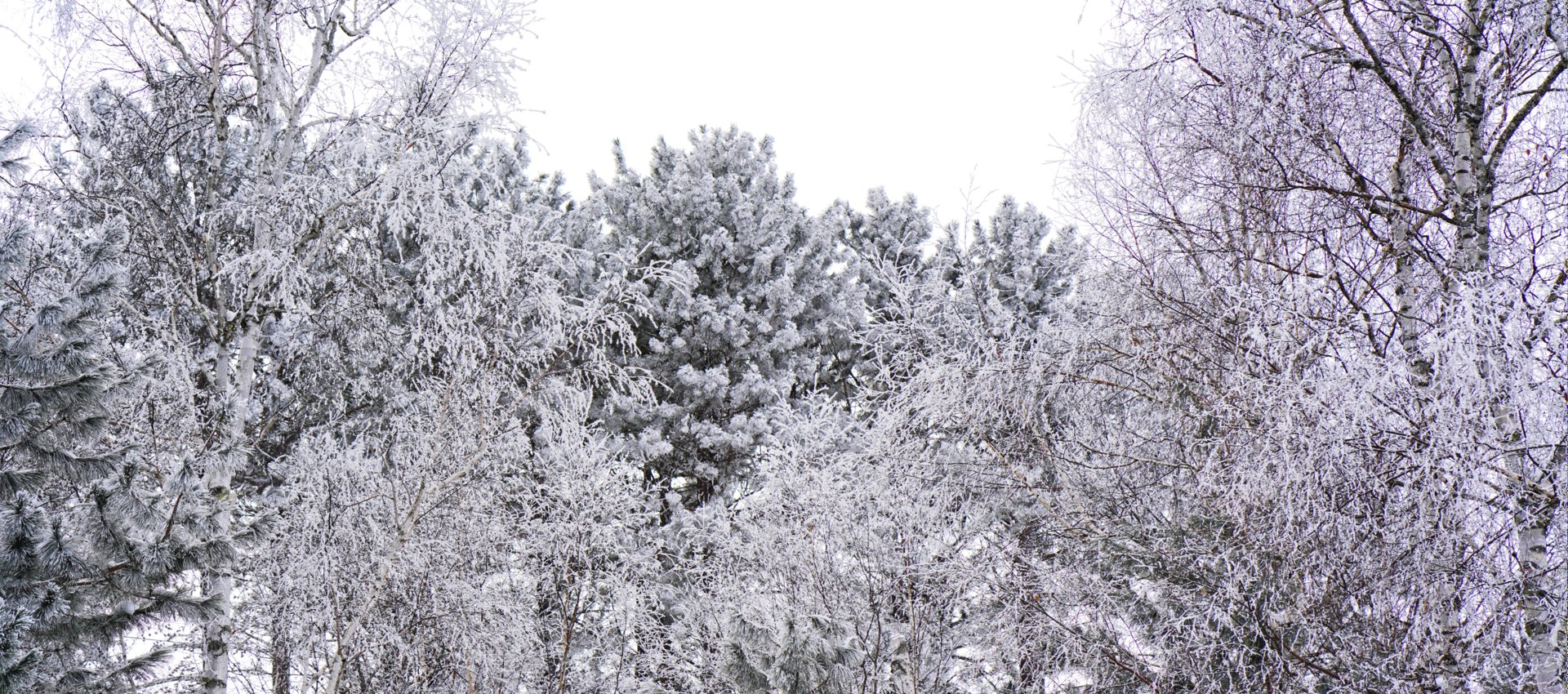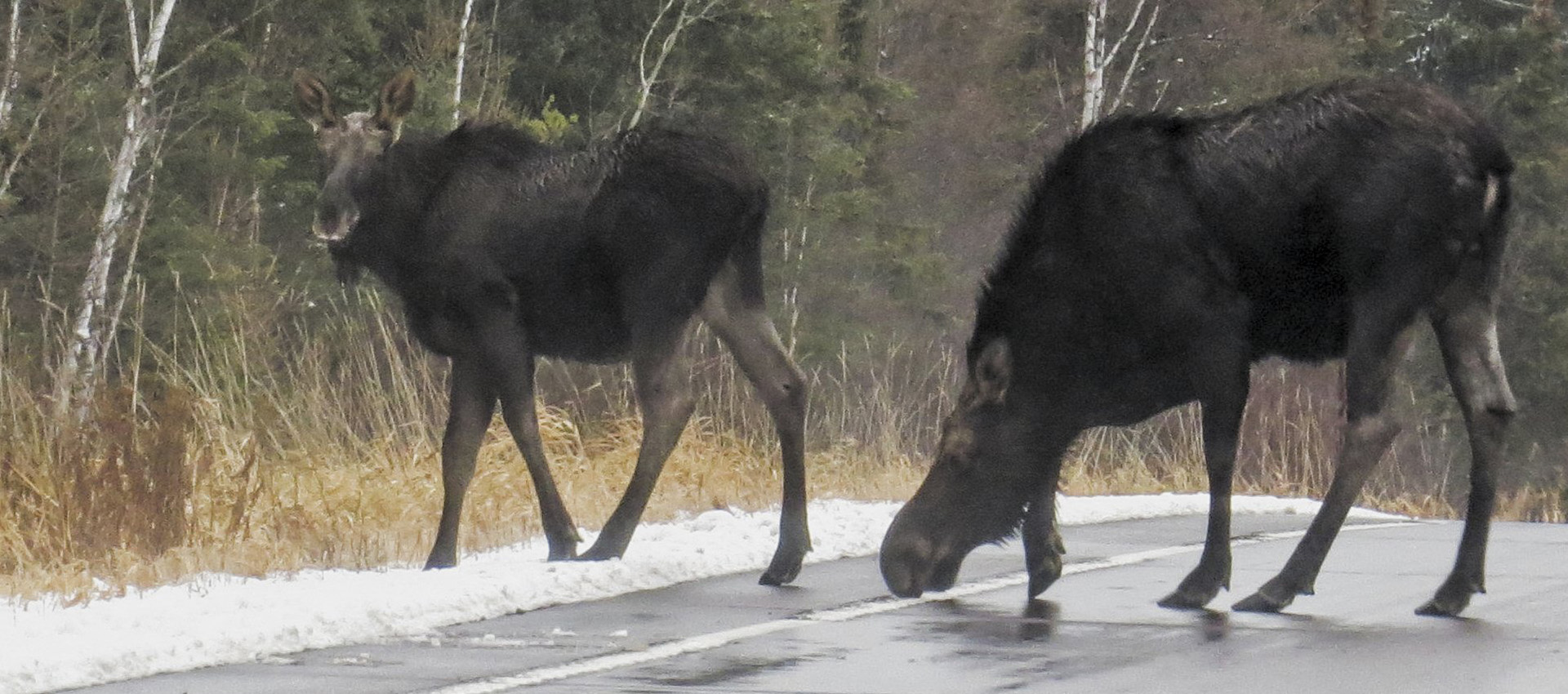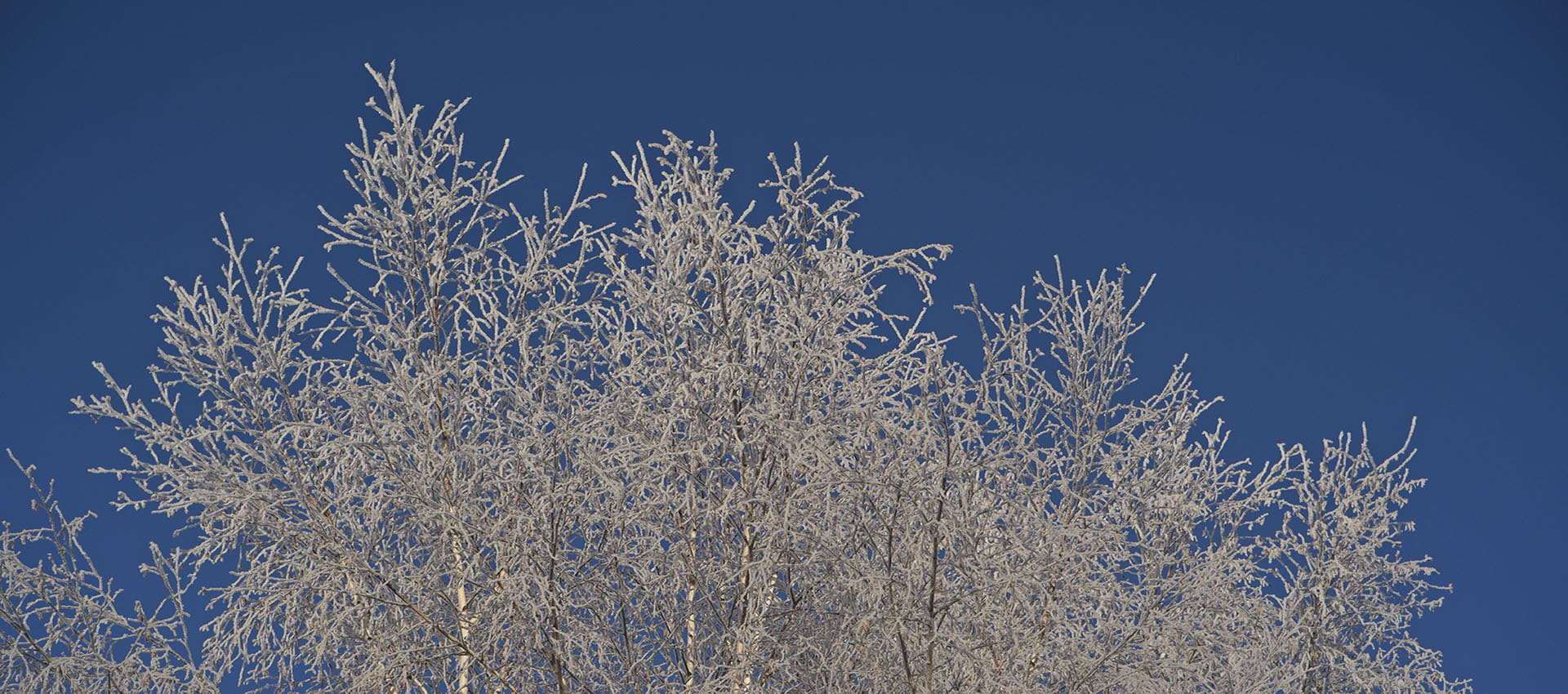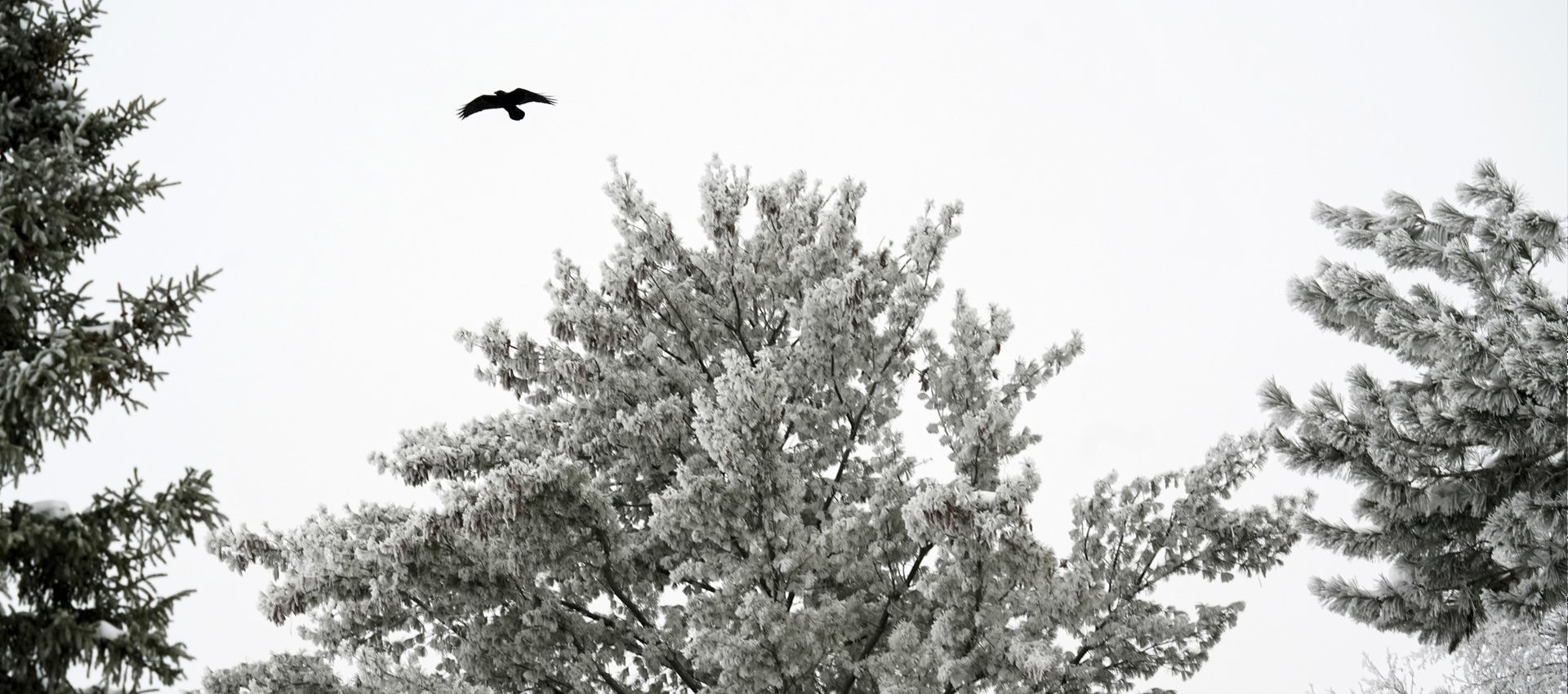

“Shall the Minnesota Constitution be amended to dedicate funding to protect our drinking water sources; to protect, enhance, and restore our wetlands, prairies, forests, and fish, game, and wildlife habitat; to preserve our arts and cultural heritage; to support our parks and trails; and to protect, enhance, and restore our lakes, rivers, streams, and groundwater by increasing the sales and use tax rate beginning July 1, 2009, by three-eighths of one percent on taxable sales until the year 2034?”
On Nov. 4, 2008, the majority of Minnesota voters answered yes to this proposed Clean Water, Land and Legacy Amendment. In essence, we agreed to pool our money to grow and maintain our public property—our shared natural and cultural resources. Our vote might have been based on practical, economic, and political considerations. Yet underlying those influences is a more deeply rooted value—that which conservationist Aldo Leopold called a land ethic. The Legacy amendment stands as evidence that we Minnesotans appreciate our connection to the state’s lands and waters.
In this issue, a photo essay called “Our Collective Legacy” showcases four places where Legacy dollars have paid for land acquisition, conservation easements, or groundwork. Oaks, trout, wild rice, waterfowl, and grouse are among the resources being protected, enhanced, or restored in these natural communities.
For example, to maintain the health of the oak forest community in the Whitewater River valley, the DNR is planting seedlings prior to timber harvest. When the overstory is removed, more sunlight reaches the newly established seedlings and enables them to grow faster. As DNR area wildlife manager Jon Cole explains, this investment in trees is also an investment in deer, grouse, songbirds, wood ducks, and other critters that depend on them.
In his book A Sand County Almanac, Leopold encourages us to think of community as a network that includes people and all the natural elements of land—plants, animals, rocks, soil, water. “That land is a community is the basic concept of ecology,” he wrote, “but that land is to be loved and respected is an extension of ethics.”
To Leopold, a land ethic carried an individual responsibility to see to the land’s health: “Health is the capacity of the land for self-renewal. Conservation is our effort to understand and preserve this capacity.” Each project highlighted in “Our Collective Legacy” reflects a team effort to strengthen the capacity of a natural community to thrive.
On our state lands, the DNR is the agency we citizens have entrusted to guide conservation work. The federal government created the Minnesota Territory in 1849, and it eventually granted Minnesota more than 8 million acres. Today the state owns 8.75 million acres, including 2.85 million acres of tax-forfeited land. The DNR administers 5.7million acres of our public lands, about 11 percent of Minnesota?s total land area.
By passing the Legacy amendment, we citizens expressed our commitment to help ensure the health of these public lands. Every day Minnesotans take responsibility for natural resources in myriad other ways—from joining conservation groups that collaborate with the DNR, to tending our back yards with conservation practices in mind.
All citizens can enjoy the benefits of this shared land ownership. Public land means public access—a value to appreciate this spring as we go fishing on public waters, hunting in a state wildlife management area, or birding in a state forest.
In Leopold’s words, “When we see land as a community to which we belong, we may begin to use it with love and respect.”
Kathleen Weflen, editor Minnesota Conservation Volunteer








 Not optimized
Not optimized
Terry M
April 7, 2022 at 10:31 am
I have no problem supporting our lands and waters through this tax. The problem I have with it, is how it was sold to the voters as “clean water”. Marketing of the amendment left out that proceeds were going to art and cultural. They slipped that in and pulled a fast one on the citizens / voters of this state. Even in this article, other than the text of the amendment, do the contributors in the article even mention arts. The taxes were meant to go toward land and water, not the arts.